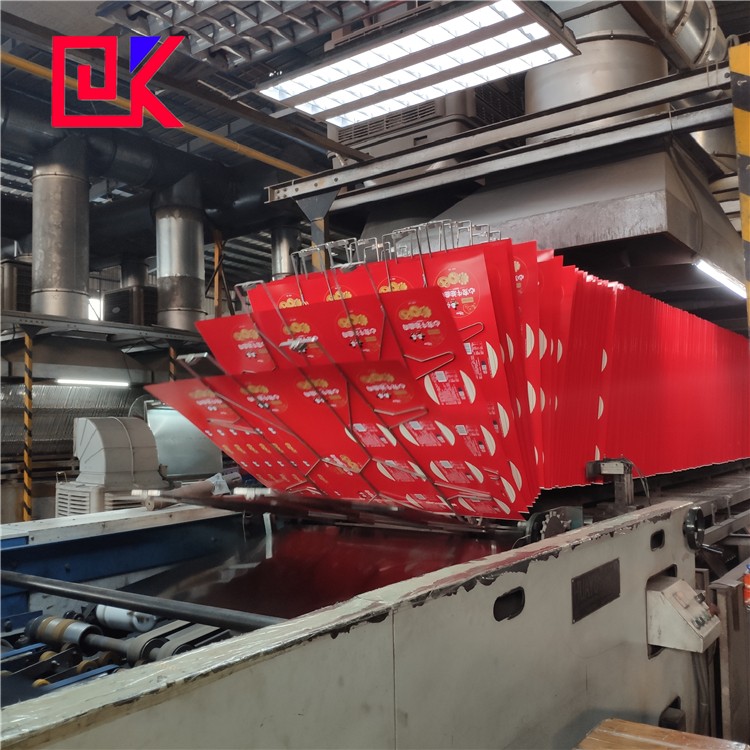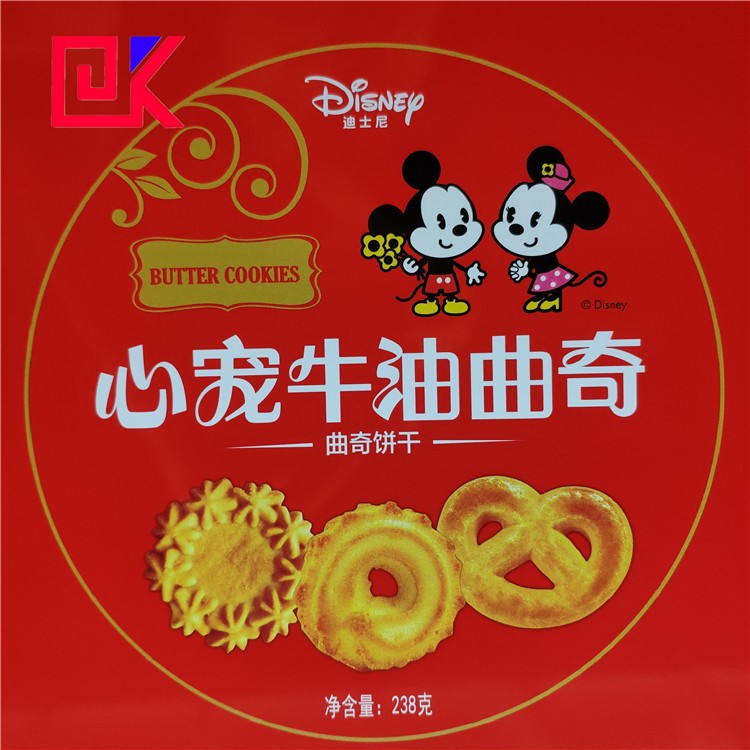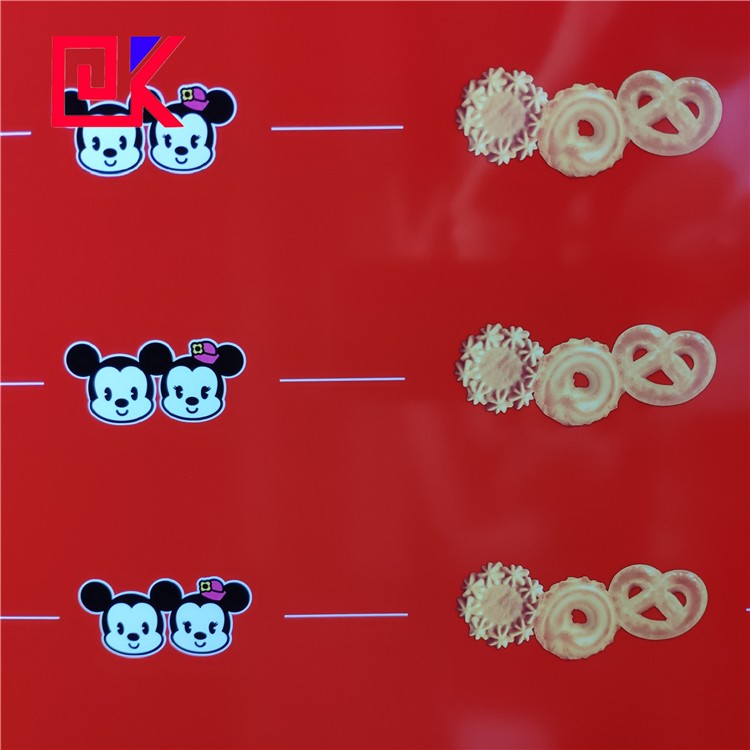Before metal printing cans are printed in color, tin box manufacturers need to print white in the printing area, because white is the primary color of all colors, and color printing after white printing can better highlight the color. Affected by the ink coverage, it is often necessary for a monochrome machine to be whitened twice, and the whiteness can reach about 80%. Moreover, metal plate printing is required that the white paint has a good bonding force with the tinplate can, and can withstand high temperature baking without discoloration.
Metal plate printing has relatively high requirements for color. In addition to the high degree of water resistance of the pigments, the requirements for the coloring power and durability of the pigments are also relatively high. In addition to the characteristics of general offset printing inks, it should also has heat resistance. Because the surface of the tinplate can is smooth and will not penetrate water, the metal printing ink is heat-fixed and needs to be baked at a high temperature.
Since the surface of tinplate cans is impermeable to water, tin box manufacturers need to equip a drying room in the metal printing process. The tinplate printing ink needs to be baked at a high temperature to fully bond with the surface. It is insoluble in water and does not absorb solvents. Other offset printing has a big difference, which is also a problem that we need to pay special attention to. Therefore, the metal plate printing line will be longer than other offset printing.





